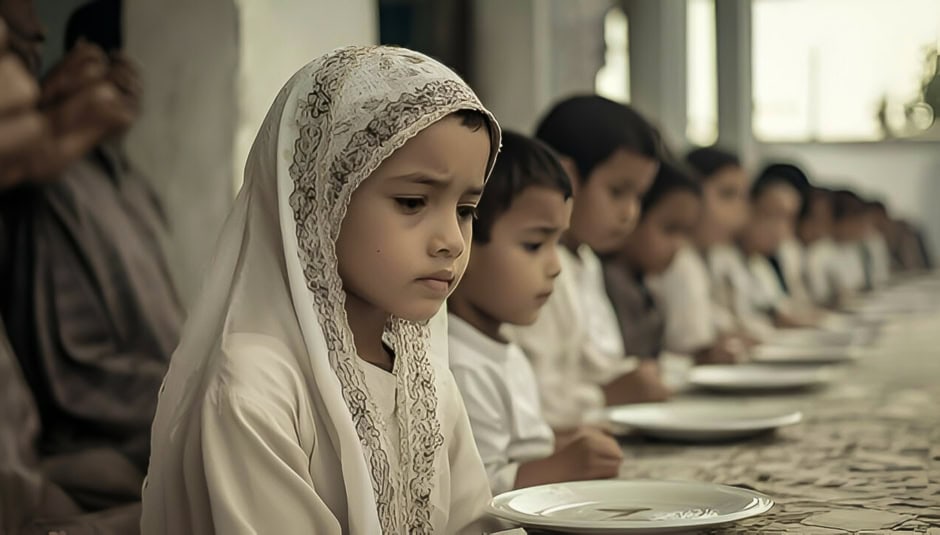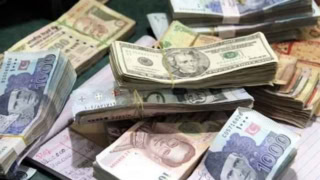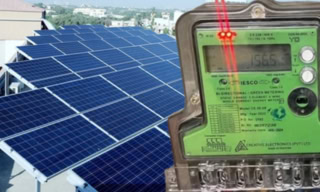Staggering 42.4% of Pakistanis Now Live in Poverty, Says World Bank

ISLAMABAD: In 2025, Pakistan’s poverty rate is estimated to be 42.4 percent, with a population growth of nearly 2 percent annually. This translates to approximately 1.9 million additional people falling into poverty this year, according to a report by the World Bank.
In its “Poverty & Equity Brief,” the Bank noted that despite a stabilizing economy and easing inflation, Pakistan’s 2.6 percent economic growth remains insufficient to reduce poverty.
Consumption-based inequality, as measured by the Gini Index, has risen by nearly 2 points since fiscal year 2021, holding steady just below 32 over the past year. However, actual inequality is likely higher, as surveys typically underrepresent wealthy households.
External influences, such as evolving global trade dynamics, could affect the pace of economic recovery and progress in poverty reduction. Following agricultural growth in fiscal year 2024, the sector now faces significant challenges.
In the first half (H1) of fiscal year 2025, weather conditions worsened with a 40 percent drop in rainfall, pest attacks, and shifting production choices. Crop yields are expected to fall, ranging from 29.6 percent for cotton to 1.2 percent for rice, limiting agricultural growth to under 2 percent.
With agriculture employing about half of the working poor, rural poverty is expected to rise slightly (0.2 percentage points), while real incomes for agricultural workers are projected to decline by 0.7 percent in fiscal year 2025.
Food Insecurity and Sectoral Growth Lag Behind Recovery
Food security concerns are intensifying, with an estimated 10 million people at risk of acute food insecurity in rural areas. Fiscal tightening has reduced development spending, weakening the construction industry, which employs 17 percent of the poor in daily wage jobs.
Both the industrial and services sectors saw weak growth in H1 fiscal year 2025, leading to minimal real income gains for poor and vulnerable workers in construction (-1.4 percent) and low-productivity service jobs (0.7 percent).
Although nominal daily wages for low-skilled workers nearly doubled between fiscal year 2019 and Q1 of fiscal year 2025, real wages have remained flat or slightly declined, reflecting diminished purchasing power despite inflation easing to 7 percent year-over-year in H1 fiscal year 2025.
External remittances surged by 33 percent in H1 fiscal year 2025, but their impact on the poorest remains limited, as only 3.2 percent of the lowest-income households receive remittances. However, for vulnerable households just above the poverty line, remittances play a key role in preventing poverty amid economic shocks.
Pakistan’s poverty rate in 2025 could also be cushioned by rising emigration, especially among low-skilled workers since 2020, which may help extend remittance benefits to poorer families.
On the social protection front, recent increases in the Benazir Income Support Program benefits above inflation, along with a planned expansion to 500,000 additional households by fiscal year-end, are expected to support household consumption and shield the poor from short-term market disruptions.

Manik Aftab is a writer for TechJuice, focusing on the intersections of education, finance, and broader social developments. He analyzes how technology is reshaping these critical sectors across Pakistan.


 3 min read
3 min read
















